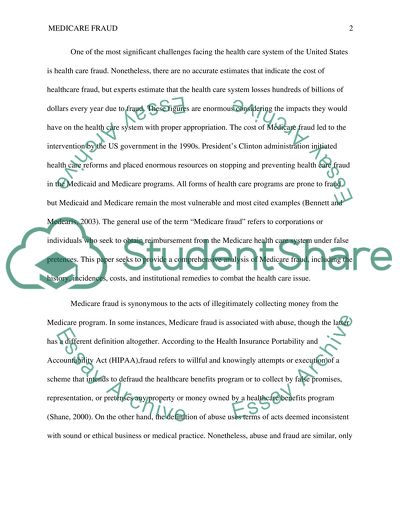Cite this document
(“Medicare Fraud in the USA Term Paper Example | Topics and Well Written Essays - 2250 words”, n.d.)
Medicare Fraud in the USA Term Paper Example | Topics and Well Written Essays - 2250 words. Retrieved from https://studentshare.org/health-sciences-medicine/1445676-medicare-fraud-the-history-incidence-costs-and
Medicare Fraud in the USA Term Paper Example | Topics and Well Written Essays - 2250 words. Retrieved from https://studentshare.org/health-sciences-medicine/1445676-medicare-fraud-the-history-incidence-costs-and
(Medicare Fraud in the USA Term Paper Example | Topics and Well Written Essays - 2250 Words)
Medicare Fraud in the USA Term Paper Example | Topics and Well Written Essays - 2250 Words. https://studentshare.org/health-sciences-medicine/1445676-medicare-fraud-the-history-incidence-costs-and.
Medicare Fraud in the USA Term Paper Example | Topics and Well Written Essays - 2250 Words. https://studentshare.org/health-sciences-medicine/1445676-medicare-fraud-the-history-incidence-costs-and.
“Medicare Fraud in the USA Term Paper Example | Topics and Well Written Essays - 2250 Words”, n.d. https://studentshare.org/health-sciences-medicine/1445676-medicare-fraud-the-history-incidence-costs-and.


